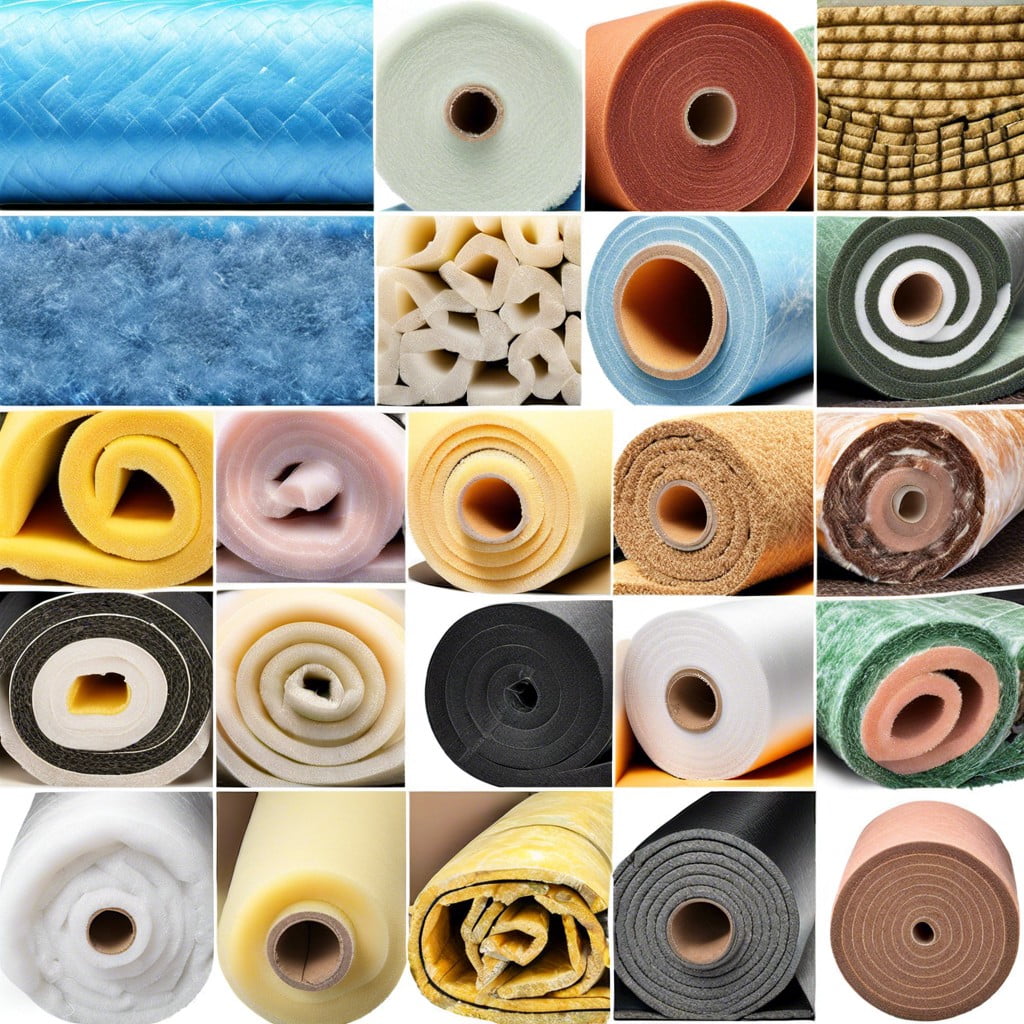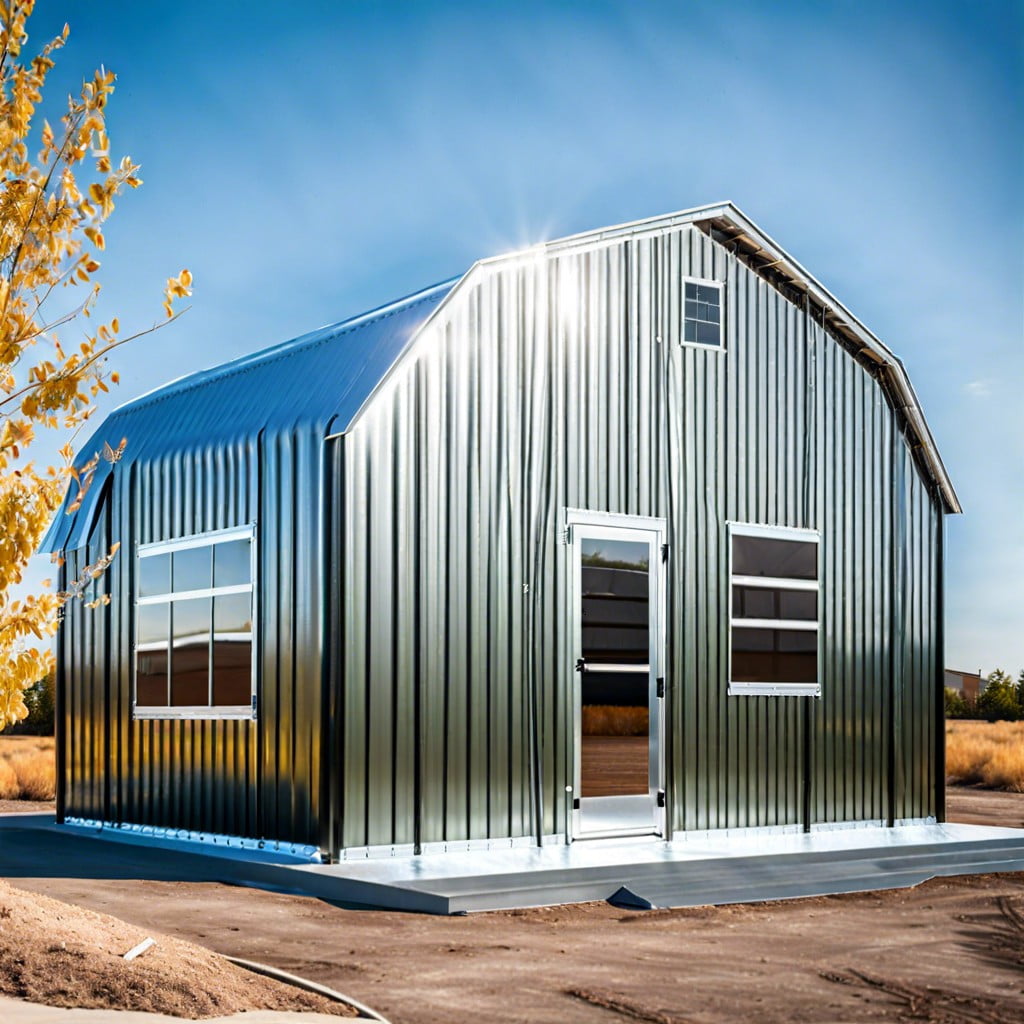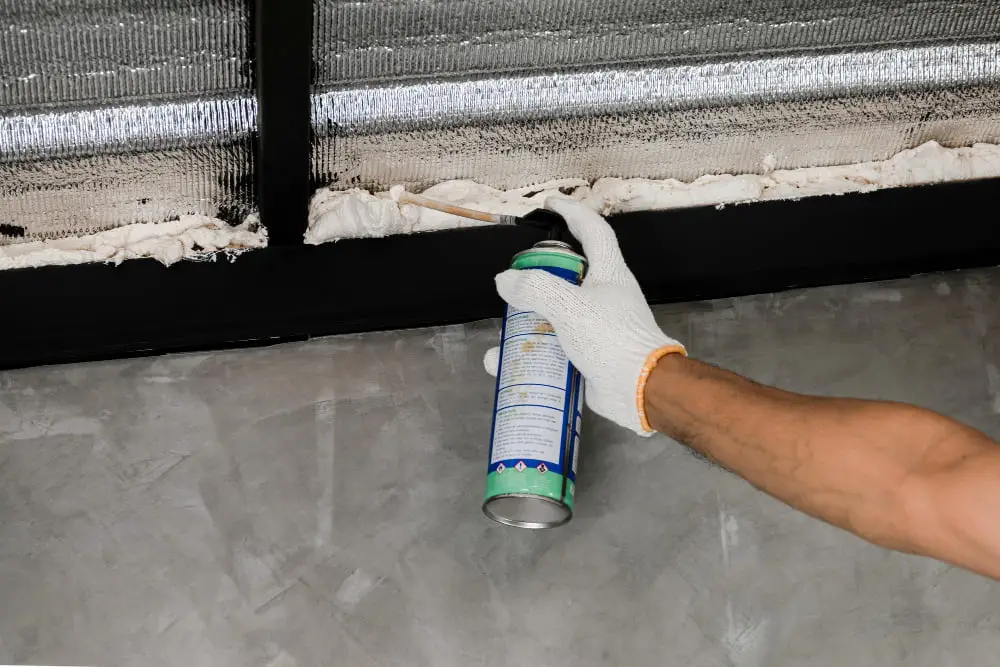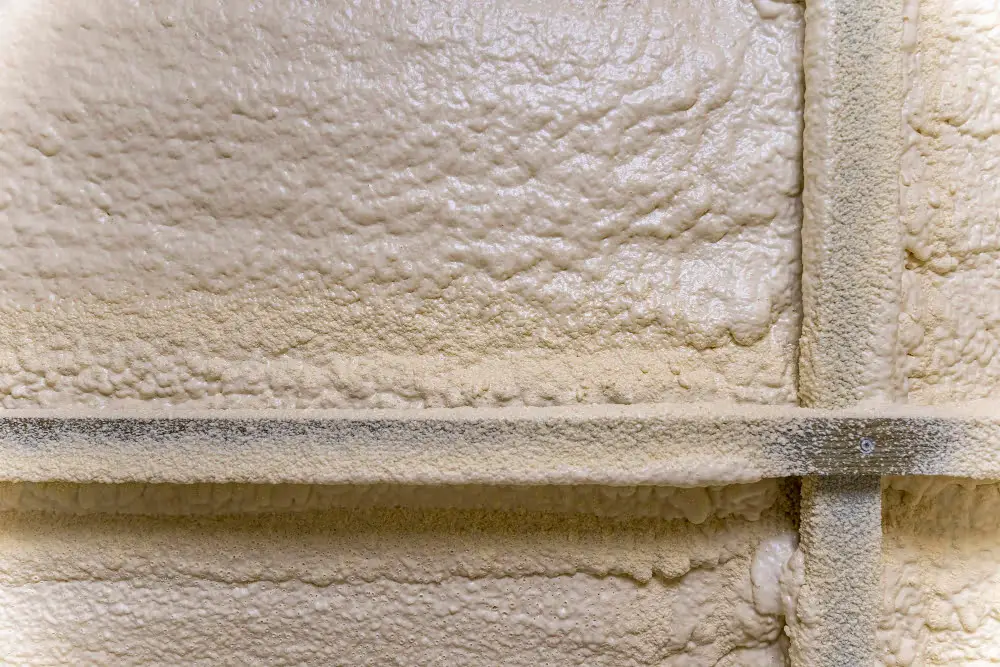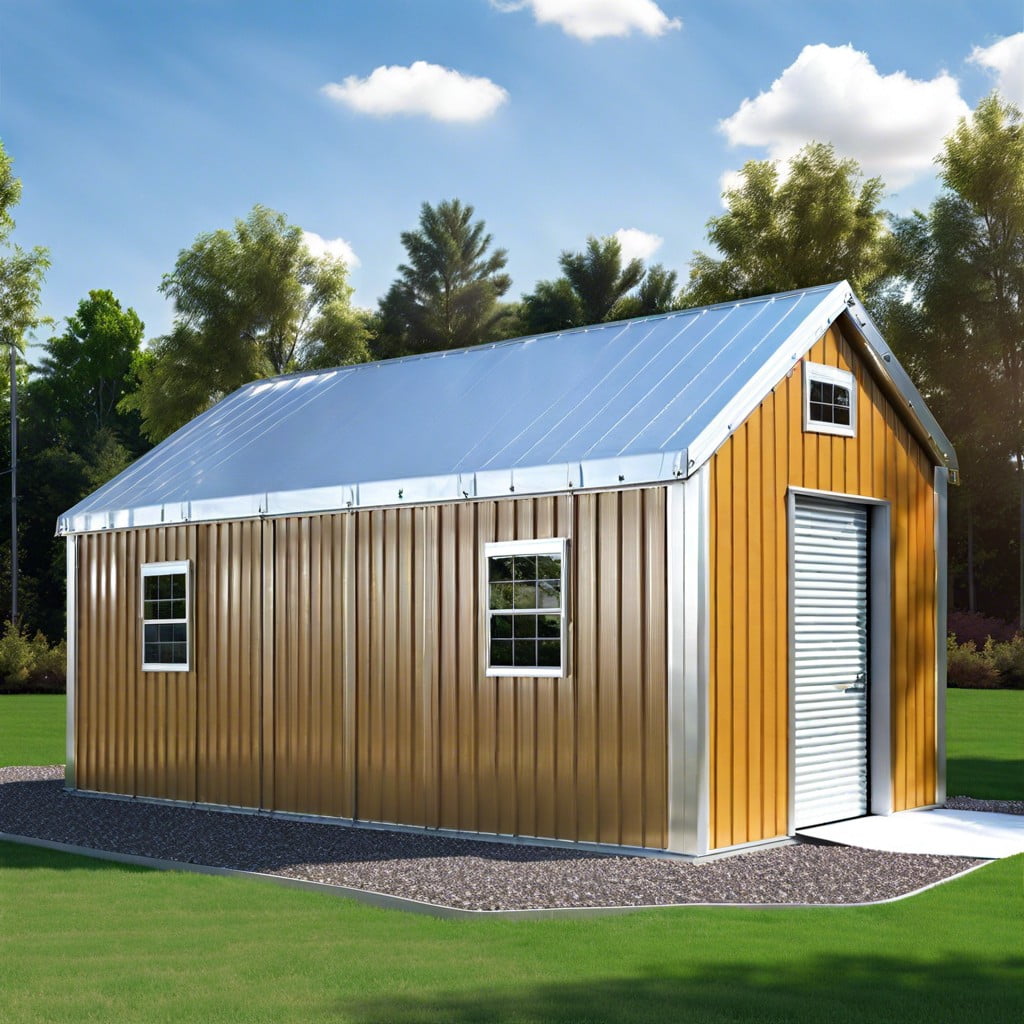Installing fiberglass insulation in a metal building requires a step-by-step process, and because no detail should be overlooked, this article provides a comprehensive guide to ensure a successful installation.
Fiberglass insulation in metal buildings is an effective way to manage temperature, reduce noise, and improve energy efficiency.
This article will guide you through the process of installing fiberglass insulation in your metal structure, covering everything from the selection of the right insulation materials to the actual installation process.
We will delve into the specifics, such as the correct positioning of the insulation, securing it, and ensuring a proper fit around corners and edges.
By following the detailed steps provided, you will be able to install fiberglass insulation in your metal building efficiently and effectively.
Key takeaways:
- Measure space and gather materials before installing fiberglass insulation.
- Consider R-value, form, and facing when selecting insulation material.
- Wear protective gear, handle insulation with care, and ensure proper ventilation.
- Follow step-by-step guide: measure, cut, insert, and secure insulation.
- Inspect insulation post-installation for gaps, leaks, and proper coverage.
Prerequisites to Installing Fiberglass Insulation

For a successful insulation project, certain preliminary steps are essential. First, measure the space to be insulated to estimate the quantity of fiberglass needed. This involves measuring the length, width, and height of the walls and ceiling. This will prevent over or under buying of materials.
Inspect the building for potential moisture issues. Any leaks or condensation issues should be addressed prior to installation to enhance the effectiveness of the insulation.
Materials should be gathered in advance. Essential tools include a utility knife for cutting the insulation, a staple gun for securing it, safety goggles, gloves, and a dust mask for protection.
Ensure optimal weather conditions for the project. Ideal conditions are a dry and calm day, as rain or wind can complicate the installation process and compromise the insulation’s effectiveness.
Lastly, acquire the necessary building permits to comply with local building codes and regulations.
Selecting the Right Fiberglass Insulation

Metal buildings demand a specific type of insulation due to their unique properties. To cater for these needs, it’s essential to focus on some critical factors while choosing fiberglass insulation.
First, the R-value, a measure of thermal resistance, will determine the capacity to resist heat flow. Higher R-values equate to superior insulation, crucial for conserving energy and maintaining the structure’s internal temperature.
Next, inspect the building requirements. Fiberglass insulation comes in different forms—rolls, batts, or loose fill, each suited for particular applications. Rolls and batts work well for uniform, standard-space areas like between wall studs or roof rafters. On the other hand, loose fill is apt for irregular spaces or around obstructions.
Lastly, consider the product’s facing. Paper or foil-faced insulation has a vapor barrier that resists moisture penetration—a significant concern in metal buildings. Depending on the climate and metal building’s use, one might need a specific type of facing.
In a nutshell, a functional, effective insulation system in a metal building should consider these key factors. Pay attention to the R-value, understand the building’s specifications, and evaluate the facing type. This way, you’ll lay a solid foundation for a well-insulated, energy-efficient metal structure.
Safety Precautions When Installing Fiberglass Insulation
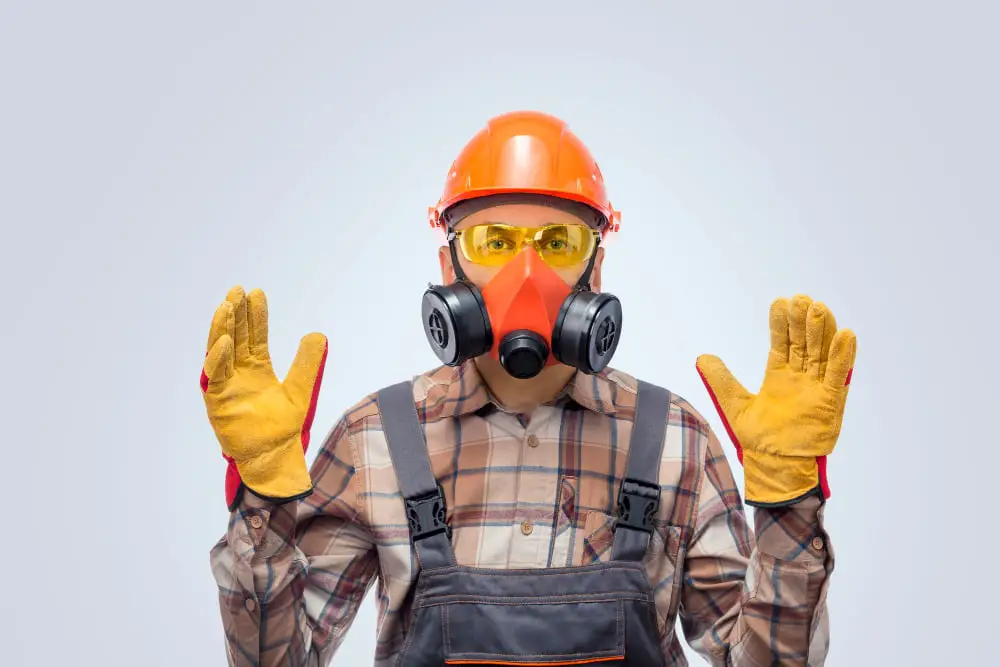
Proper attire is first on the checklist. Wear long sleeve shirts, long pants and work gloves to prevent the fiberglass material from irritating your skin. A dust mask or respirator is also essential to prevent inhalation of small fiberglass particles, while eye protection will shield your eyes from any stray fibers.
Before beginning the installation, ensure that the working area is properly ventilated. This promotes air circulation, further reducing the risk of inhaling fiberglass particles.
Handle insulation materials with care. Sharp tools and the metal edges of your building can easily damage the insulation. Avoid compressing the fiberglass as this reduces its insulative property.
Lastly, after the installation process, wash your work clothes separately and shower to remove any fiberglass particles that could still potentially irritate your skin. Additionally, clean the work area to prevent leaving behind any small particles.
Step-by-Step Guide to Installing Fiberglass Insulation in Metal Building
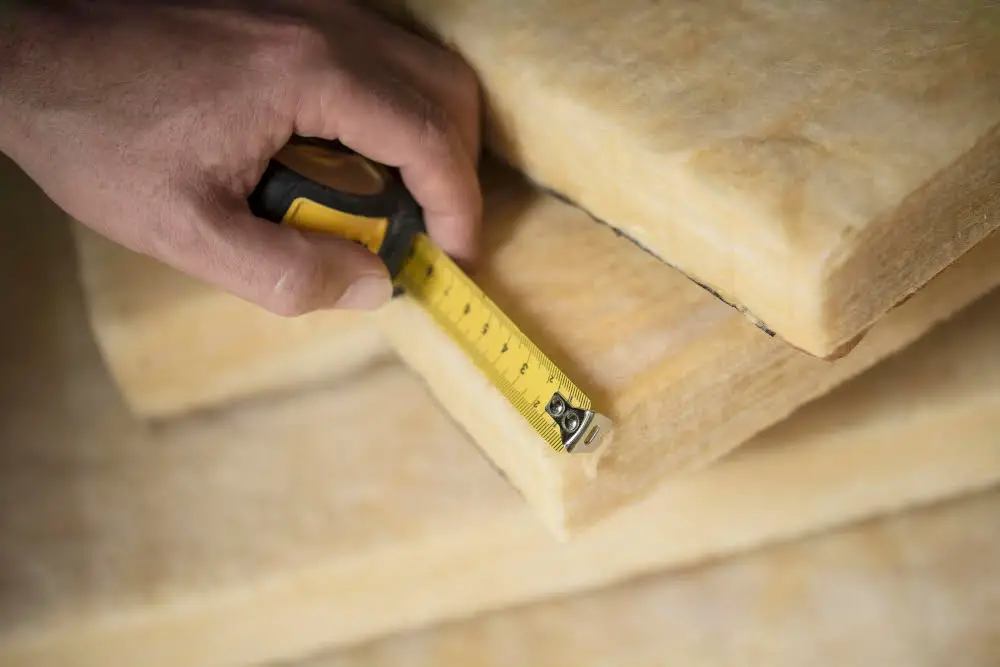
The first task in this process is to measure the area that requires insulation. This will determine the quantity and size of the fiberglass insulation required.
Next, cut the fiberglass insulation per the measurements taken. Handle with gloves to protect your hands from any possible irritation caused by the material.
Thirdly, insert the insulation into the space between the metal studs of the building. Make sure it fits snugly into place to create an effective thermal barrier, but avoid compressing it as this will decrease its insulative properties.
Finally, secure the insulation using special insulation adhesive or brackets. It’s crucial to ensure the fiberglass material is held firmly against the metal wall to prevent sagging and maintain maximum insulation effectiveness.
Remember, installing the insulation is an iterative process – measure, cut, insert, secure and move onto the next section. With patience and precision, one can successfully install fiberglass insulation in a metal building.
Dealing With Common Challenges in Installing Fiberglass Insulation
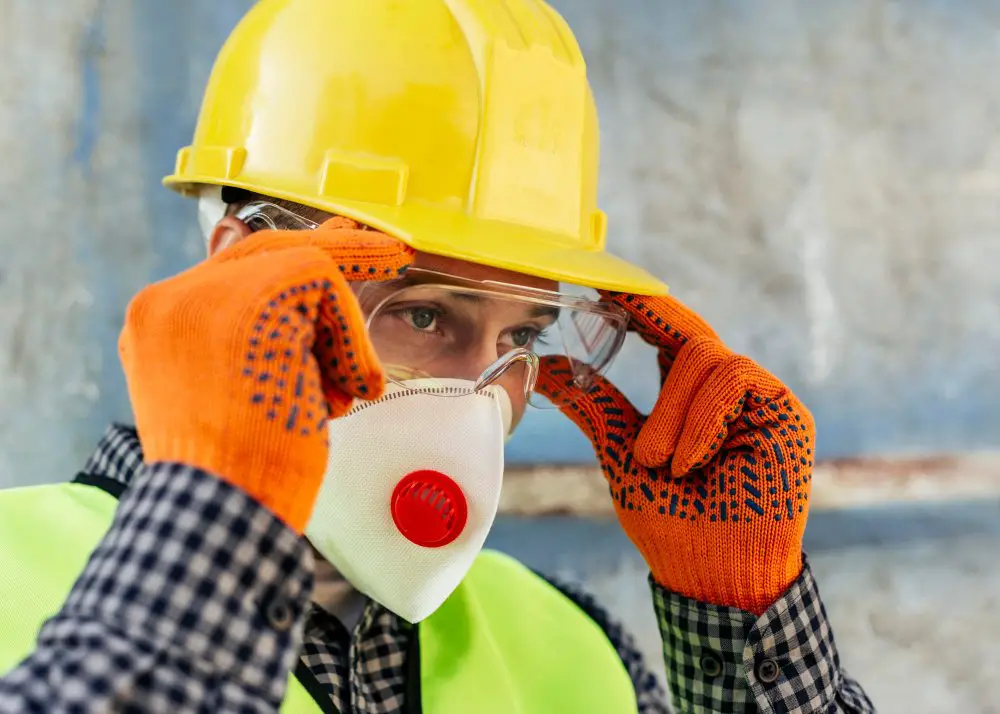
To counter the issue of the insulation not fitting snugly between the metal studs, trim the material down to the required size. Cutting the insulation slightly larger than the space can also ensure a tighter fit which prevents air leakage.
When faced with irregular spaces or gaps, loose-fill or spray foam insulation may be an optimal alternative. These options fill the void effectively and offer similar insulating properties as fiberglass.
In the case of a moisture problem, consider using faced insulation. This type has a vapor barrier that reduces the amount of water vapor getting through.
Avoid compressing the insulation while installing as it reduces its effectiveness. Fiberglass insulation functions by trapping air in its small air pockets, compressing the material decreases the amount of trapped air, thereby reducing its insulating properties.
Lastly, fiberglass can irritate the skin, eyes, and respiratory system. Always wear protective gear like gloves, goggles, and a mask while handling and installing it.
Inspecting Fiberglass Insulation Post-Installation
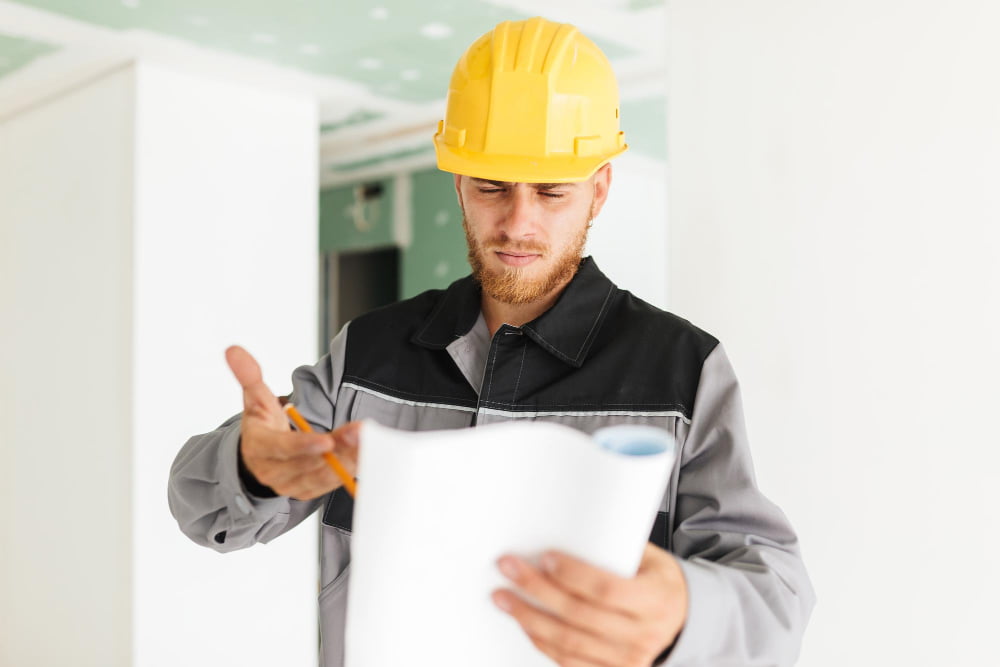
Once the insulation installation process is complete, it’s vital to conduct a thorough examination. Look for any gaps, misalignments or compressions in the batts, which can greatly reduce the effectiveness of the insulation.
Using a flashlight can help uncover less visible irregularities. Light shining through signifies physical breaches that can result in thermal bridges, lowering the overall energy efficiency of your metal building. Attention should also be paid to the insulation’s contact with the metal surface, ensuring full coverage without any pockets of air.
Over the following weeks, frequent checks are beneficial. Any signs of dampness on the insulation imply potential leaks in the metal structure. Similarly, any discoloration or changes in insulation shape signify issues that warrant immediate attention.
Remember that the insulation’s ability to retain its R-value over time fundamentally depends on a successful post-installation inspection. Proactive and vigilant checks will uphold the thermal performance of the insulation, fundamentally enhancing the comfort and energy performance of your metal building.
Maintaining Fiberglass Insulation Performance in Metal Buildings

Regular inspection and timely repair of any damage can help maintain the performance of fiberglass insulation in metal buildings.
1. Visual Inspections: Carry out habitual checks, particularly following severe weather. Look for indications of dampness, discolouration, or physical degradation.
2. Repair Damages: Whether it’s due to water intrusion or physical impact, any discovered damage should be addressed promptly. Replacements may be necessary for seriously damaged sections.
3. Prevent Pest Damage: Some pests are known to damage insulation. Use pest control methods to dissuade them from nesting in your insulation.
4. Check Vapor Barriers: Vapor barriers prevent moisture from penetrating the insulation. These need to be in optimum condition for the insulation to perform effectively.
5. Regular Professional Inspection: Hire trained professionals for periodic, in-depth checks. They can discern issues that are not visible to untrained eyes and offer expert solutions to maintain insulation performance.
FAQ
Can I put fiberglass insulation in a metal building?
Yes, fiberglass insulation can indeed be used in a metal building.
What is the easiest way to insulate a metal building?
The easiest way to insulate a metal building is by using spray foam insulation, especially when the metal panels are already attached to the frame.
Do you need a vapor barrier with fiberglass insulation?
Yes, a vapor barrier is necessary with fiberglass insulation to provide additional protection against moisture intrusion.
How is the R-value of fiberglass insulation beneficial for metal buildings?
The R-value of fiberglass insulation, indicating its resistance to heat flow, is beneficial for metal buildings as it effectively reduces energy costs by maintaining optimal temperature levels.
What potential issues could arise from incorrectly installing fiberglass insulation in a metal structure?
Incorrect installation of fiberglass insulation in a metal structure can lead to issues like insufficient insulation, condensation, corrosion, and potential energy loss.
How does fiberglass insulation impact the condensation control within metal buildings?
Fiberglass insulation aids in condensation control within metal buildings by acting as a thermal barrier, reducing temperature differences and thus limiting the conditions necessary for condensation to occur.
Recap
